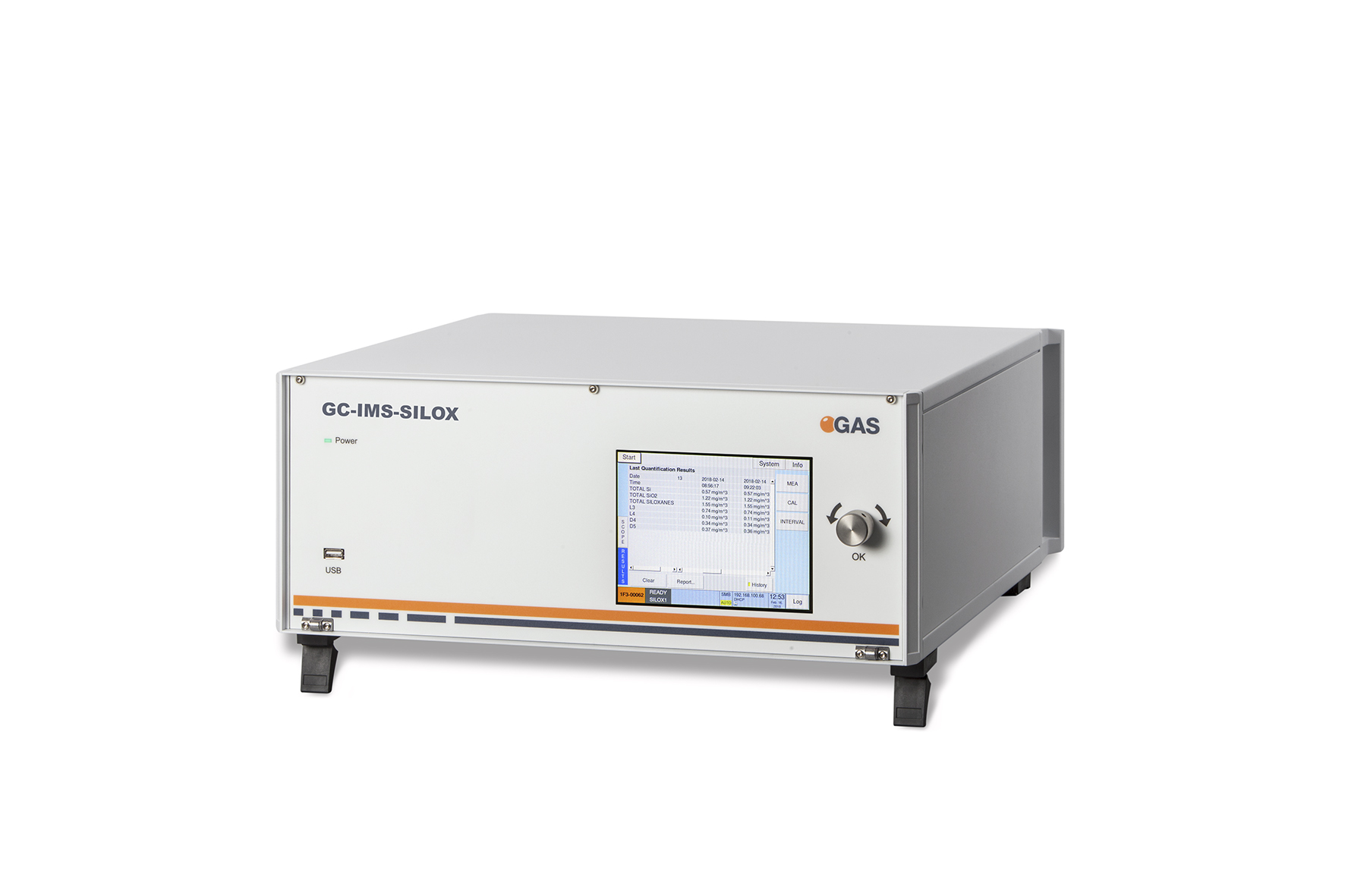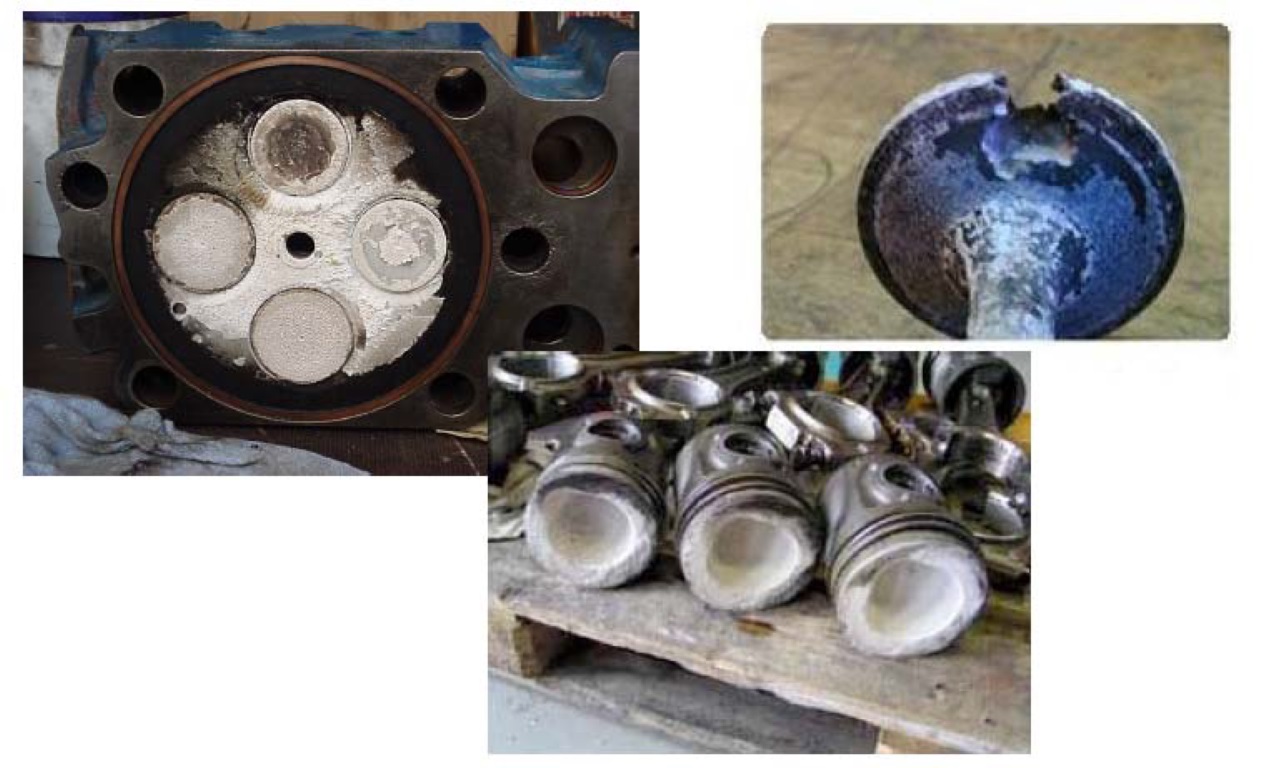GC-IMS-SILOX
The GC-IMS-SILOX is the only ASTM (https://www.astm.org/d8455-22.html) and ISO-certified (https://www.iso.org/standard/81976.html) stand-alone device to precisely quantify concentrations of the individual linear L2, L3, L4 and L5 same as the cyclic D3, D4, D5 and D6 siloxanes in landfill and biogas from sewage.
Landfill / biogas from sewage is produced during the digestion of organic materials in the absence of oxygen and used as alternative source to feed combustion engines. It is produced from agricultural waste, municipal waste, plant material, sewage or sludge and green or food waste. Biogas contains mainly methane (CH4) and carbon dioxide (CO2). Due to the presence of silicon containing materials in the waste coming from sources like washing agents, skin care products or waterproofing materials, siloxanes are formed. Biogas can be upgraded and inserted into natural gas pipelines (Refined Natural Gas) or burned as fuel in a power generation facility. Problems occur if the amount of siloxanes in the biogas surpasses a critical value that damage the valves and pistons of the engines through formation of silica (SiO2). Therefore, the concentration of siloxanes has to be controlled and kept below a maximum level. The conventional way to control the silicium amount is to take a gas sample in a bag and analyse it with gas chromatography – mass spectrometry (GC-MS). This workflow though causes an important information delay regarding the composition of the gas with respect to its siloxane concentration.
Besides power the GC-IMS-SILOX only needs N2 or synthetic air as drift and carrier gas for operation. Its menu allows that an on-site test can securely be carried out by non-specialists. Alternatively it can be used as a 24/7 based on-line monitoring tool to test for individual siloxanes at their relevant concentration levels to take immediate on-site decissions.
Advantages of G.A.S.’ GC-IMS-SILOX for siloxane analysis:
- On-site measurements with “one-click” menu
- On-line/continuous monitoring at set intervals
- Very low detection limits (µg/m3) with 'total silica' (SiO2) and 'total silicon' (Si) results transfered via4-20mA or MODBUS (TCP)
- High reproducibility and accuracy
- Very low running and maintenance costs


 Deutsch
Deutsch English
English Chinese
Chinese


